Barrel Spotlight: One Mash Bill, Two Unique Paths
Welcome back to the Brindiamo Barrel Spotlight, our weekly email series highlighting the barrels, distilleries, and market dynamics shaping today’s...
3 min read
 Matt Breese
:
Apr 25, 2025 4:09:32 PM
Matt Breese
:
Apr 25, 2025 4:09:32 PM
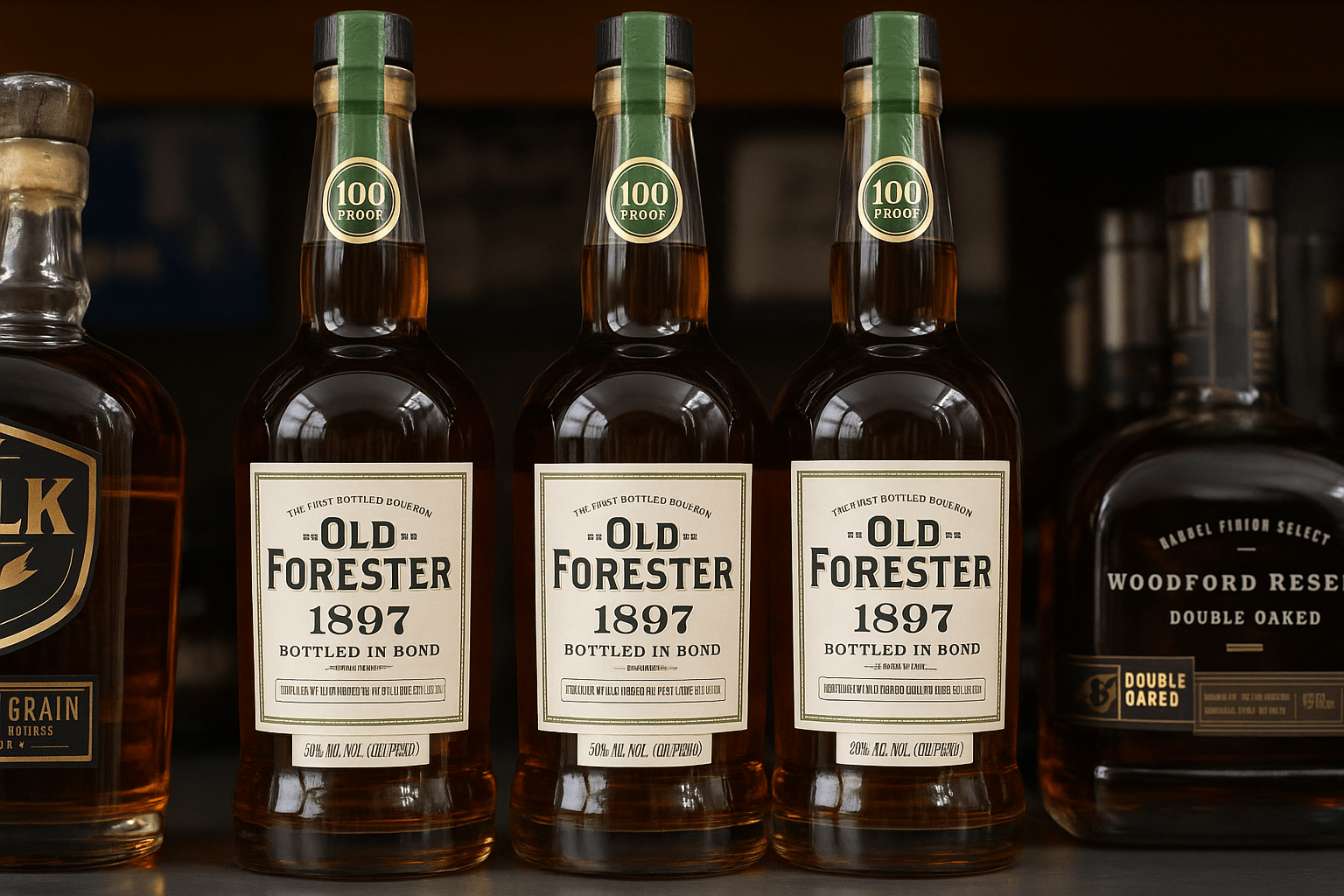
Whiskey has a long, storied history—and it’s full of lessons for today’s entrepreneurs. From its early roots to becoming a globally respected spirit, the rise (and recent challenges) of whiskey brands reveal valuable insights into what it takes to build something that lasts. Sometimes, looking back is the best way to shape what’s next.
One of the most striking aspects of successful whiskey brands is their commitment to authenticity. Brands like Jack Daniel's and Four Roses emphasize their heritage. Jack Daniel's has maintained its iconic logo, which pays homage to the brand's roots in Tennessee.

This long-standing image has helped them build a loyal customer base. Similarly, Four Roses highlights its 130-year history, noting that the brand's yeast strains date back to the 1940s. For entrepreneurs, this shows that a strong connection to your brand’s history and a commitment to your core values can build trust and loyalty.
While respecting tradition is crucial, the whiskey industry also demonstrates the need for innovation and adaptation. Four Roses provides an interesting example of this duality. Despite facing a sharp decline in quality under Seagrams, they adapted to changing tastes by launching a light whiskey in 1971. Later, under new ownership, they returned to their bourbon roots, launching new products like their Single Barrel and Small Batch. This shows that businesses must be willing to innovate to meet the needs of the times, while staying true to their core identity.
The history of whiskey is intertwined with government regulation. The Bottled-in-Bond Act of 1897 was a watershed moment, setting standards for quality and authenticity. But perhaps no event shaped the industry more than Prohibition. When the U.S. banned alcohol in 1920, most distilleries were forced to shut down—some never reopened. It was a stark reminder of how quickly external forces can change the game, and why resilience and adaptability are crucial in any business. The lesson: even the strongest brands must prepare for the unexpected.

Post-Prohibition, distilleries had to rebuild, emphasizing the importance of resilience. Also, new whiskey entrepreneurs must be aware of the complex network of federal, state, and local alcohol regulations. They also need to research and secure trademarks for their brand name and logo. These experiences prove that entrepreneurs need to understand and adapt to regulatory complexities and legal requirements to succeed.
Effective branding and marketing are also key to success in the whiskey industry. The Jack Daniel's logo is an excellent example of this. It is simple, legible, unique, versatile and consistent. It ties back to the brand's roots in Tennessee and has remained relatively unchanged since the 1950s. Four Roses also became a household name with advertisements in Times Square by 1938. This highlights that a well-crafted brand identity and a strong marketing strategy are essential for attracting and retaining customers.


The whiskey business is not just about the product; it's also about relationships. Robert Graham 1874, a long-standing whiskey merchant, emphasizes the importance of guiding customers through the discovery process and building strong relationships. This includes understanding their tastes and helping them find the perfect bottle or blend. For entrepreneurs, it is a reminder that cultivating relationships with customers, suppliers, and distributors is crucial for long-term success.
The whiskey industry has faced numerous challenges, including wars and economic downturns. During World War II, many distilleries had to switch from whiskey production to war manufacturing. This created a surge in demand for aged whiskey. Additionally, the industry has faced the challenge of changing consumer tastes. In the 1960's, many people wanted clear liquors like vodka and rum, which led to a decline in whiskey sales. But the industry was able to bounce back. These examples demonstrate the importance of adapting to market conditions and maintaining a long-term perspective.
The history of whiskey brands is more than just a story about a popular alcoholic beverage. It's a masterclass in entrepreneurship, demonstrating the importance of authenticity, innovation, adaptability, and resilience. By learning from the past, entrepreneurs can chart a course for success in their own ventures.
Ready to write your own whiskey story? Partner with Brindiamo and bring your vision to life. Explore how their expertise and services can help your brand achieve greatness. Visit Brindiamo today to learn more.
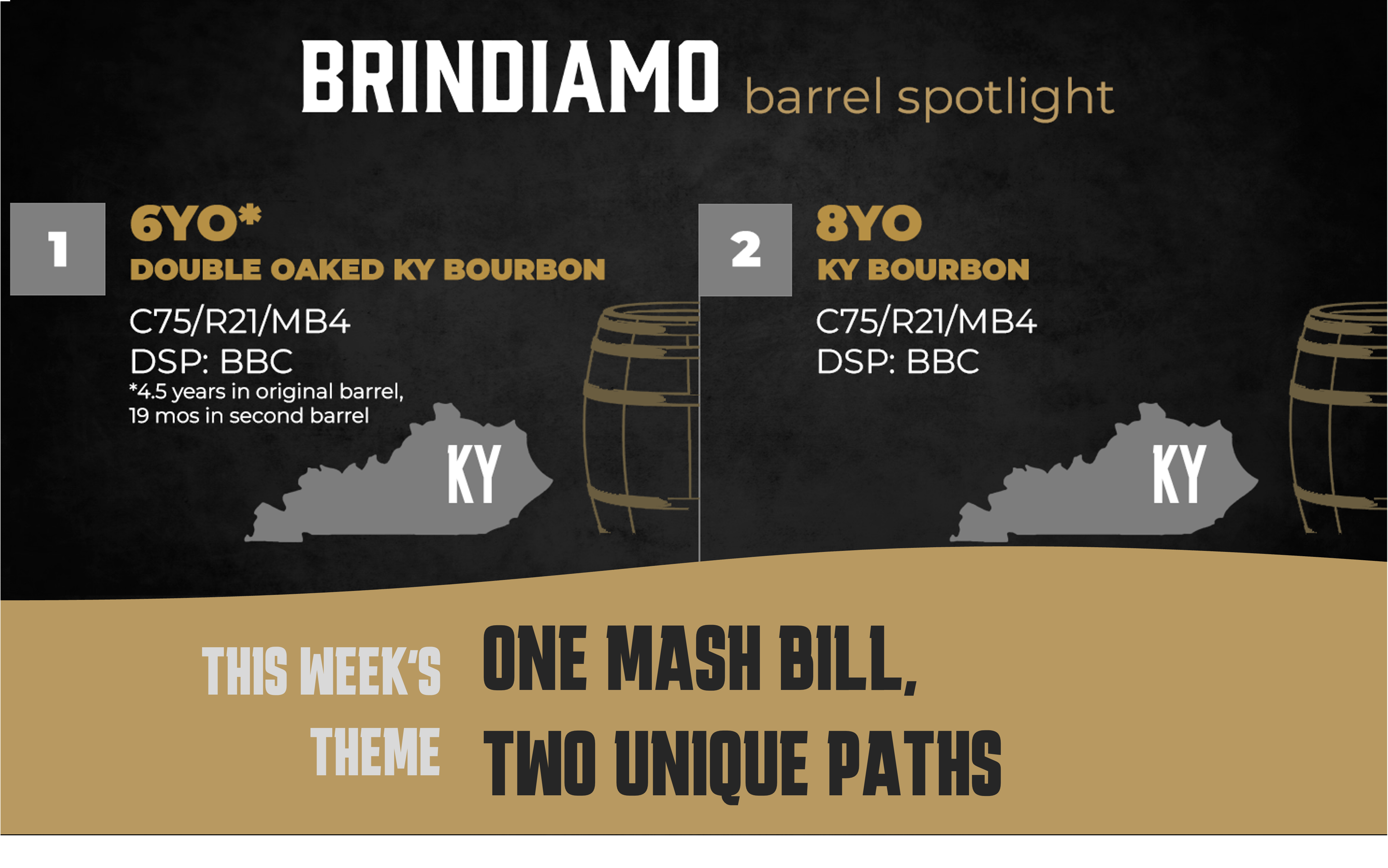
Welcome back to the Brindiamo Barrel Spotlight, our weekly email series highlighting the barrels, distilleries, and market dynamics shaping today’s...

The market for bourbon barrels is bifurcated. Over the course of the last 24 months, the conversation has shifted from how to find whiskey to how to...
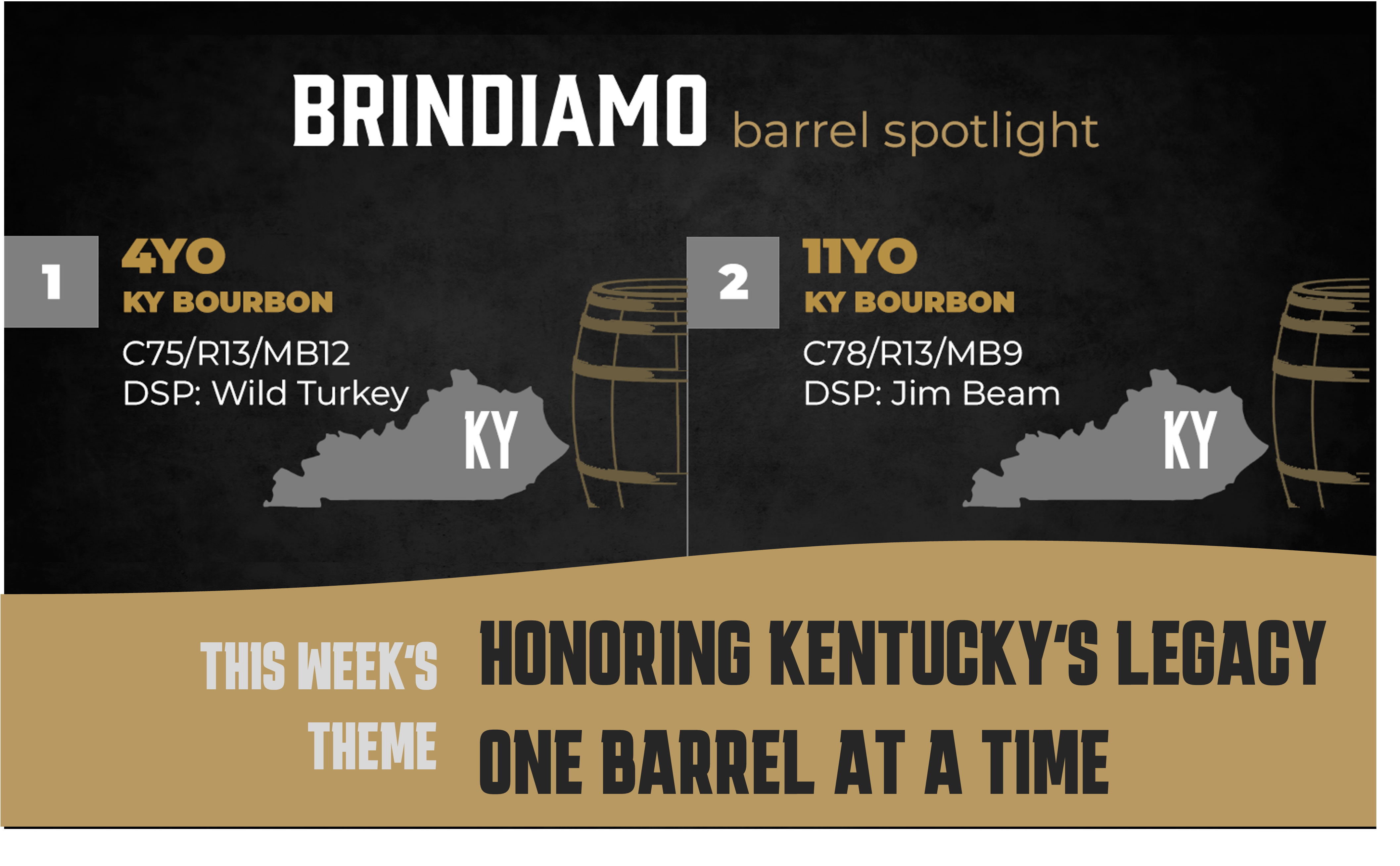
Welcome to the Brindiamo Barrel Spotlight, our weekly series celebrating the barrels, distilleries, and market dynamics shaping today’s whiskey...

The Art of Crafting a Sensory Narrative Whiskey isn’t just a drink—it’s an experience steeped in heritage and shaped by passionate craftsmanship. At...
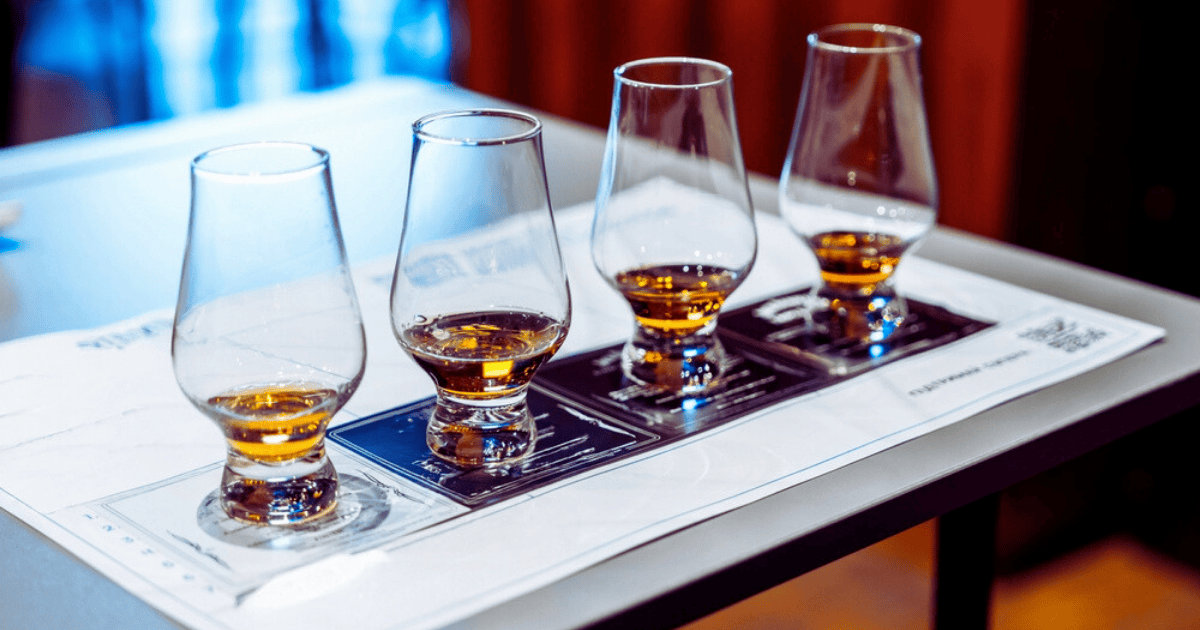
For whiskey startups and young whiskey brands, the journey from concept to bottle is filled with challenges—and opportunities. One critical step that...
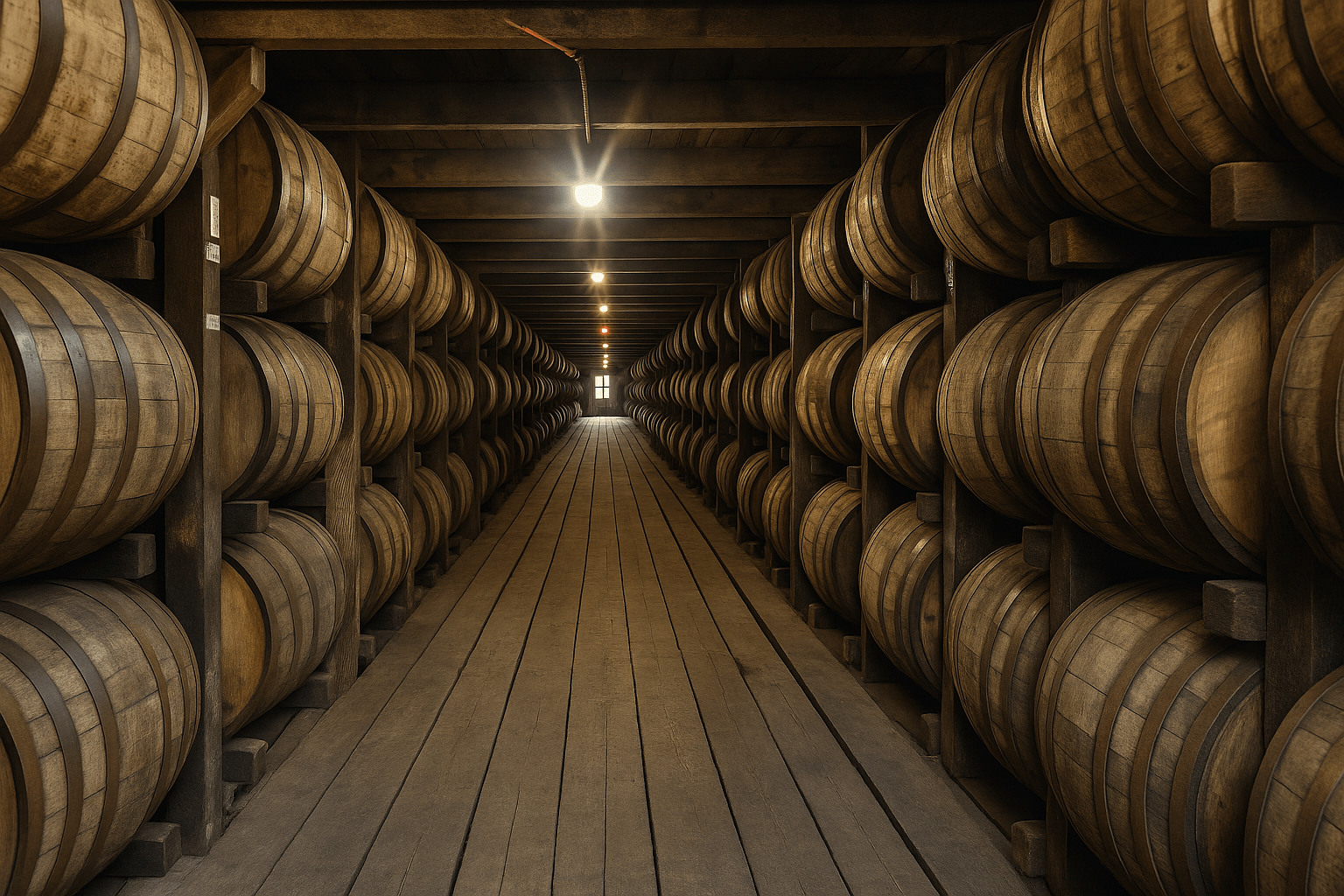
In the world of whiskey, age is more than just a number—it’s a testament to time, patience, and craftsmanship. As whiskey matures in oak barrels, it...
Join the conversation
Leave a comment below.